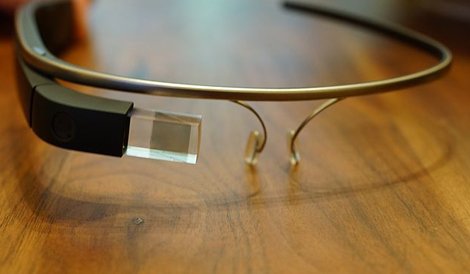In writing my contribution to the 30th Anniversary Issue of FOCUS, I had to dig out and charge my Flux Capacitor (purchased used on eBay). (Read our Digital Edition here or download FOCUS 30 on iPad by visiting DCD FOCUS in the App Store to read our special 30th anniversary coverage.) The last five years in data center time is like 50 compared to the previous relatively stable 60-plus-year history of the data center industry. I went back to the first issue of FOCUS and I clearly remember the bold 1.21 cover story: Does Google’s PUE figure stand up? (I researched it via the online archives but still have my original paper copy).
Back then The Green Grid – which had only been formed in 2007 – had just released the original Power Usage Effectiveness (PUE) metric and many did not understand or use it. Energy efficiency was nowhere near the top of the list of most conversations.
PUE has since taken on a life of its own, and total energy usage and efficiency for the facility and IT equipment, as well as long-term sustainability are now part of almost any conversation. When it came to cooling, ASHRAE TC 9.9 Thermal Guideline ruled the kingdom and 20°C/68°F was the rule everyone ‘knew’ was sacrosanct and if intentionally violated meant the risk of losing your job. With rising energy prices and increased social pressure to be ‘green’, ASHRAE released 2008 guidelines acknowledging the need for more efficient cooling and expanded the ‘recommended’ envelope to 27°C/80.6°F. Most operators took a wait-and-see attitude.
Simultaneously, the economic world imploded, and data center designers, operators and IT departments were pressed to do more with less. Being ‘green’ meant lower costs, and suddenly 22°C/72°F did not look so risky. PUE bragging rights also played a role, since cooling was the major facility-side energy user that impacted PUE numbers. The real blow to traditional conservative risk-adverse data center culture came in 2011 with Expanded Thermal Guidelines, which openly advocated ‘free cooling’ and shockingly declared “a roadmap… to increase the opportunity for data centers to become ‘chillerless’. Moreover, it introduced the A2, A3 and A4 allowable IT intake temperatures that ranged to 45°C/113°F, as well as the ‘X-factor’, so operators could choose/operate at their own level of risk.
Looking ahead (perhaps wearing my Google Glass), we will continue to strive for efficiency. Now we have proven we can radically reduce facility overhead by getting to PUE 1.1 and under, since the IT equipment will not melt down just above 25°C/77°F. I believe over the next five years, the ‘next frontier’ will be developing technologies to harvest and reuse the billions of kWh that become ‘waste’ heat energy of the ‘critical load’ and convert it to useful energy. So with that said, kudos to FOCUS and DCD and other contributors who will continue to deliver the latest developments, opinions and advice for our industry.
This article first appeared in FOCUS 30 – out now!

